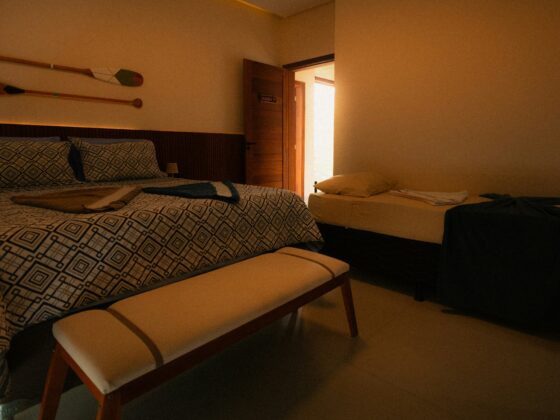
Labor Costs
Myth: “Restaurants don’t have high labor costs. Servers earn wages through tips, which are paid by the consumer.”
Reality: While individual hourly wages for restaurant workers may seem low, labor costs can still represent a significant percentage of a restaurant’s overall expenses, around 30%.
This can be attributed to several factors:
- The restaurant industry is notorious for high turnover rates, around 75%! Every time an employee leaves a restaurant, the operator has to invest time, money, and resources in finding and training a new person.
- While servers are compensated through tips–yes, paid by the consumer–there are many other roles needed to run a restaurant that may not be included in the tip pool: kitchen staff, managers, host/hostess, events personnel, cleaning staff, accounting, and more.
- Labor costs don’t stop at actual wages. The employer still has to pay health insurance, payroll taxes, and worker’s compensation. And in counter service restaurants there is less opportunity for tips to supplement wages.
- When it comes to scheduling and staffing, it can be challenging to adequately staff for peak time periods while avoiding too many employees (and labor costs) during slower times.
Fixed Costs
Myth: “I can’t do anything about my fixed costs. They’re fixed.”
Reality: While fixed costs are generally true to their name, that doesn’t mean that there are no opportunities to negotiate or revisit certain costs. Some ways to manage these expenses:
- Regularly review lease terms, insurance policies, and other contracts to see if there is room for discounts or more attractive terms.
- Optimize your space to get more revenue per square foot.
- As with labor costs, work towards the most efficient staffing, avoiding too many employees during slower periods.
So, what is the solution to “thin margins”? Simply put, increase sales. Driving top line revenue can solve for all three of these concerns. And it can be as simple as increasing the visit frequency of even a small percentage of your guests.
Customer retention is vital for a restaurant’s success for several reasons. Notably, the repeat customer base tends to spend more over time. A study by Bain & Company, along with Harvard Business School, found that in the restaurant industry, a 5% increase in customer retention correlates with at least a 25% increase in profits, sometimes as high as 90%. This is because repeat customers are more likely to try more menu items and recommend your restaurant to others, leading to increased revenue without the significant costs associated with attracting new customers.
Even a small bump in revenue can lead to a dramatic boost in profit margins. For instance, imagine a restaurant with $1 million in annual revenue and $900,000 in total expenses. That leaves $100,000 in profit—a 10% margin. If revenue increases by just 15% to $1.15 million, and fixed costs remain relatively unchanged, nearly all of that extra $150,000 flows directly to profit. This small increase nearly doubles the profit margin from 10% to 17%. The power of small revenue gains is undeniable.








